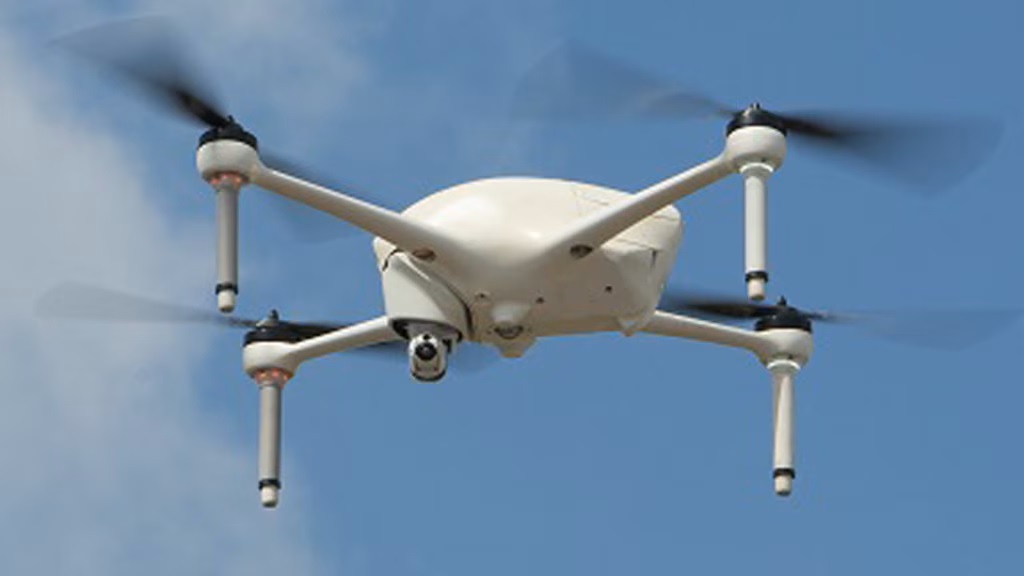HFCL has made a substantial stride in the field of advanced defence technology by forming a partnership with General Atomics Aeronautical Systems Incorporated (GA-ASI), a global leader in unmanned aircraft systems (UAS). This partnership solidifies HFCL’s position as a critical sub-system supplier for GA-ASI’s cutting-edge unmanned aerial vehicles (UAVs). This represents a new era for HFCL as it establishes its position in the global defence market.
The partnership was announced shortly after a significant bilateral meeting between Indian Prime Minister Narendra Modi and US President Joe Biden, during which both leaders expressed their satisfaction with the progress made in India’s procurement of 31 MQ-9B UAVs from General Atomics. HFCL is at the forefront of India’s increasing emphasis on high-technology defence systems as a result of its involvement with GA-ASI. India’s strategic investment in modernising its military capabilities is reflected in the partnership, which reinforces the country’s status as a global military power.
The development of a radar sub-system for advanced UAVs is the primary focus of HFCL’s involvement in this collaboration. The radar subsystem is recognised for its compact, lightweight design and will comply with rigorous military standards (MIL-STD) and environmental specifications. The company’s technical strength and increasing expertise in the development of components for high-performance defence platforms are illustrated by its capacity to satisfy these requirements. The operational success of GA-ASI’s unmanned aircraft will be significantly impacted by these UAV subsystems, which will guarantee reliability in difficult environments.
Mahendra Nahata, the Managing Director of HFCL, emphasised the importance of the partnership, stating, “Our selection by General Atomics Aeronautical Systems Incorporated to develop critical sub-systems for the UAVs is a proud moment for us and reflects our unwavering commitment to the Make in India initiative.” This partnership emphasises HFCL’s contributions to the Indian defence industry and further solidifies its status as a critical player in the global defence supply chain.
The involvement of its subsidiary, Raddef, which specialises in advanced radar and RF (radio frequency) technologies, is one of the central elements of HFCL’s success in this partnership. Raddef has established itself as a pioneer in the development of state-of-the-art radar systems for the defence sector. Their product line encompasses a wide range of options, including surveillance radars and highly specialised UAV radar systems. Additionally, the organisation is developing a next-generation Drone Detection Radar that will be essential in contemporary drone defence systems.
HFCL’s research and development (R&D) team is investigating a wide range of radar technologies in addition to the radar systems for UAVs. These include Ground Surveillance Radars, Weather Radars, and LTE-based Passive Radars, all of which are intended to address a wide range of defence requirements. HFCL’s expanding capabilities in offering comprehensive solutions to contemporary military challenges are illustrated by the extensive selection of innovative technologies.
HFCL’s partnership with General Atomics is not only a significant victory for the company but also a significant advancement in India’s broader defence modernisation endeavours. India is emerging as a significant player in the global defence industry, with the country accounting for 3.7% of global military spending. HFCL’s indigenous innovations are consistent with the government’s “Make in India” initiative, which is designed to increase domestic defence manufacturing and decrease dependence on foreign imports.
HFCL is well-positioned to be a leader in the development of critical technologies that will influence the future of India’s defence forces as the country continues to improve its military capabilities. India is being propelled into a new era of technological and military strength as a result of the company’s strategic alliances and dedication to innovation.
